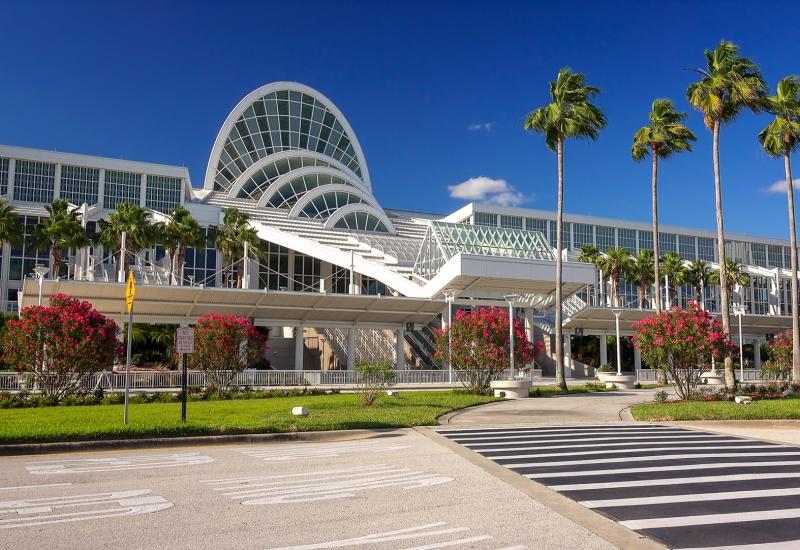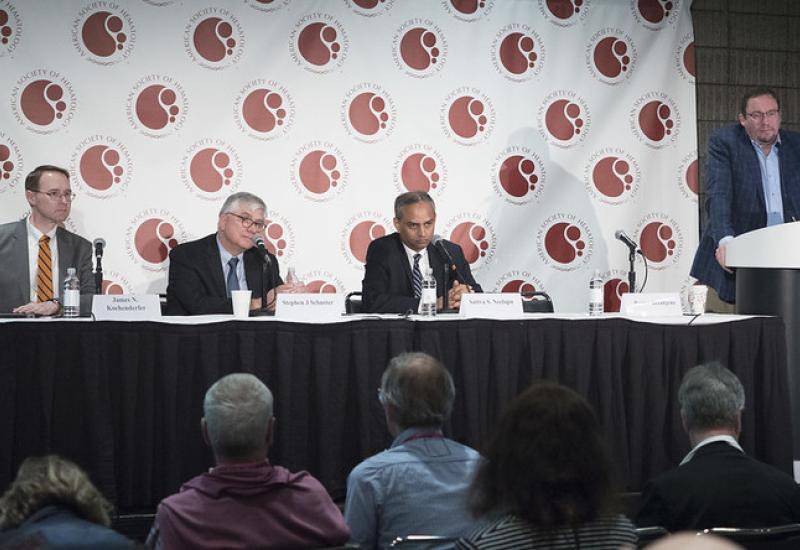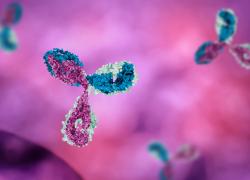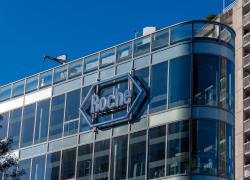
ESMO 2025 preview – Astra and Daiichi keep abreast of Gilead
Datroway succeeds on PFS and OS in Tropion-Breast02, and an ESMO showdown beckons.
Datroway succeeds on PFS and OS in Tropion-Breast02, and an ESMO showdown beckons.

Most of the ESMO titles are now out, but the conference could still have some surprises in store: one might concern Tropion-Breast02, the first-line triple-negative breast cancer study of Datroway that AstraZeneca and Daiichi toplined as positive on Monday.
Here, the partners are going up against Gilead’s TROP2-targeting ADC Trodelvy, whose analagous Ascent-03 trial is set to be presented as an ESMO late-breaker, LBA20. Intriguingly, LBA21 is as-yet unassigned, and there’s an open slot right after Ascent-03, featuring “one LBA TBC”, according to the ESMO programme.
If this indeed falls to Tropion-Breast02, Astra and Daiichi might have the chance to get one up on Gilead. According to the partners the trial, in first-line TNBC patients ineligible for PD-(L)1 inhibitors, showed a “statistically significant and clinically meaningful improvement” on its co-primary endpoints, progression-free and overall survival, for Datroway versus investigator’s choice of chemo.
Meanwhile, when Gilead toplined Ascent-03 as positive in May, it noted a “highly statistically significant and clinically meaningful improvement” on PFS. However, on OS, a secondary endpoint, the company seemed less positive, saying only that “no OS detriment was observed”. Still, OS results were immature; perhaps longer-term data will be available at ESMO.
Even if Tropion-Breast02 doesn’t end up featuring at the meeting investors will still get an indication, from Ascent-03, of the bar that Datroway will need to clear.
There are some differences between the studies that are worth noting: both enrolled PD-L1-negative patients, plus PD-L1-positive subjects with comorbidities, or PD-L1-positives who had received PD-(L)1 inhibitors in the perioperative setting. Tropion-Breast02 additionally included patients based in a country where PD-(L)1 blockers aren’t available.
Astra and Daiichi say that around 70% of patients with metastatic TNBC are not candidates for immunotherapy.
Datroway vs Trodelvy in first-line PD-L1-ineligible TNBC
| Datroway | Trodelvy | |
|---|---|---|
| Trial | Tropion-Breast02 | Ascent-03 |
| Inclusion criteria | PD-L1-ve; PD-L1+ve but got (neo)adjuvant PD-(L)1, have comorbidities, or have no regulatory access | PD-L1-ve; PD-L1+ve but got (neo)adjuvant PD-(L)1, or have comorbidities |
| Regimen | Monotherapy, vs chemo | Monotherapy, vs chemo |
| Note | Toplined positive Oct 2025: “stat sig & clinically meaningful” improvement in PFS & OS | Toplined positive May 2025 on PFS, “no OS detriment” |
| ESMO presentation | Possibly LBA21 | LBA20 |
Source: OncologyPipeline.
In TNBC overall, though, Trodelvy is ahead, having secured FDA approval in the third-line setting. In breast cancer, Datroway is so far only indicated for relapsed ER-positive HER2-negative disease.
Gilead is also in the lead in first-line checkpoint inhibitor-eligible TNBC, where Trodelvy plus Keytruda produced a 35% reduction in the risk of progression or death versus Keytruda plus chemo, in the Ascent-04 trial. The study, presented at ASCO, also found an early trend towards an overall survival improvement.
The analogous Datroway study, Tropion-Breast05, looks to have been delayed; Astra and Daiichi had once expected results next year, but according to Astra’s second-quarter earnings presentation these are now due beyond 2026.
Gilead has said it plans to file Trodelvy with the FDA for the Ascent-03 and 04 uses this year, but it could get caught up in the latest US government shutdown.
Another contender here is Merck & Co and Kelun’s sacituzumab tirumotecan; Merck’s phase 3 effort here, TroFuse-11, only started this year, and is focused on patients with PD-L1 expression below 10%.
All three assets are being evaluated in adjuvant TNBC: saci-T in TroFuse-012; Trodelvy in Ascent-05; and Datroway in Tropion-Breast-03.
ESMO will take place in Berlin on 17-21 October.
3661













